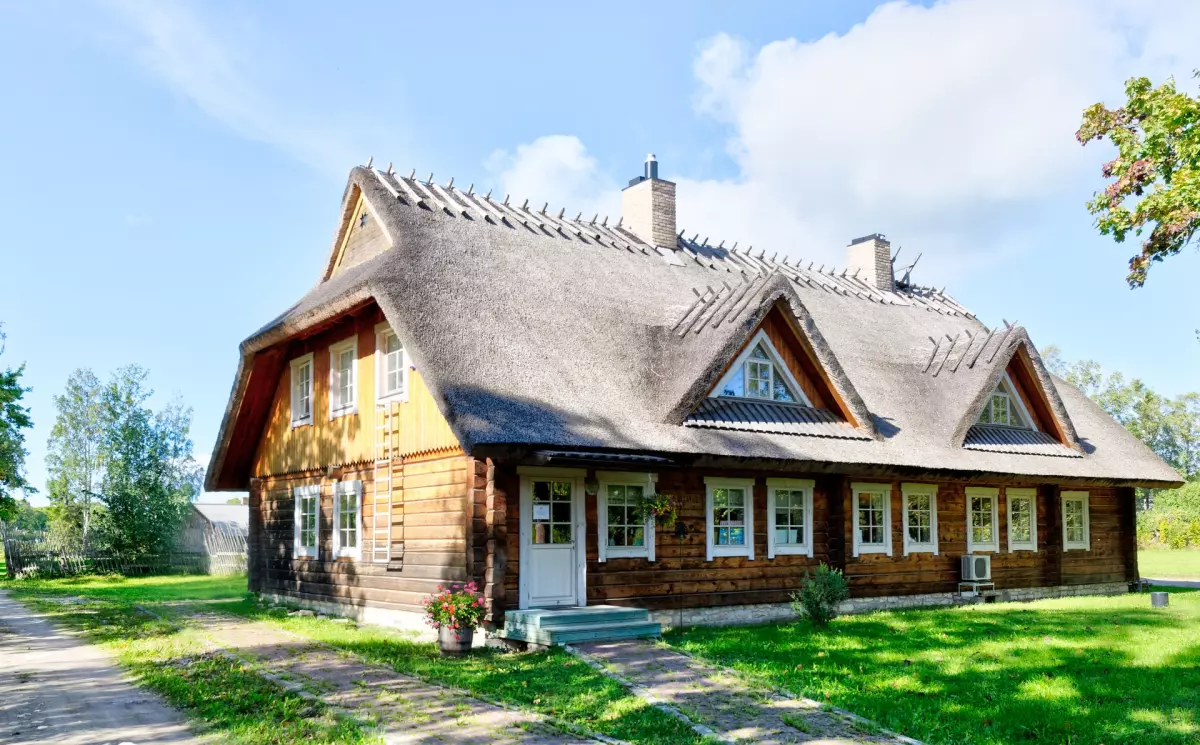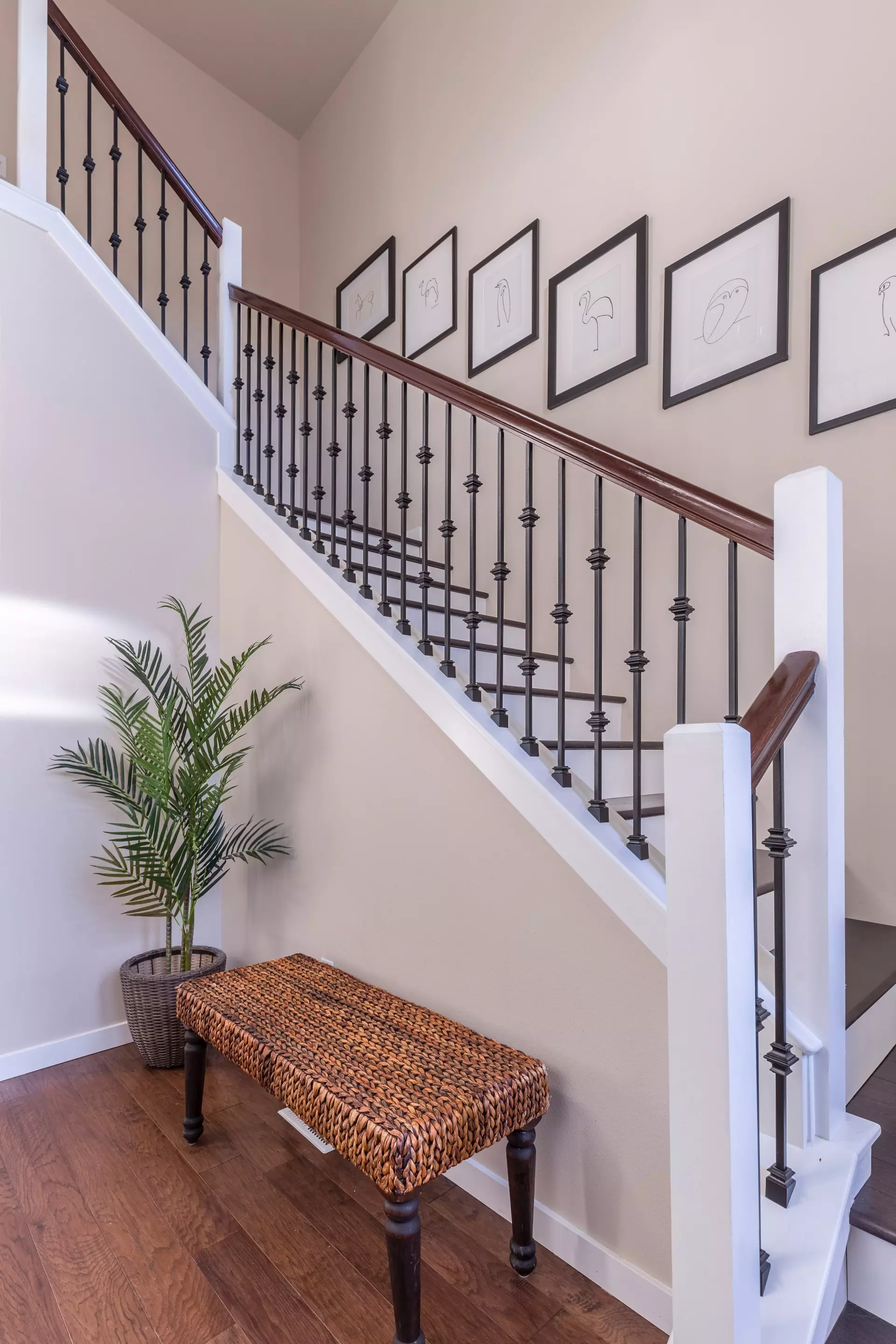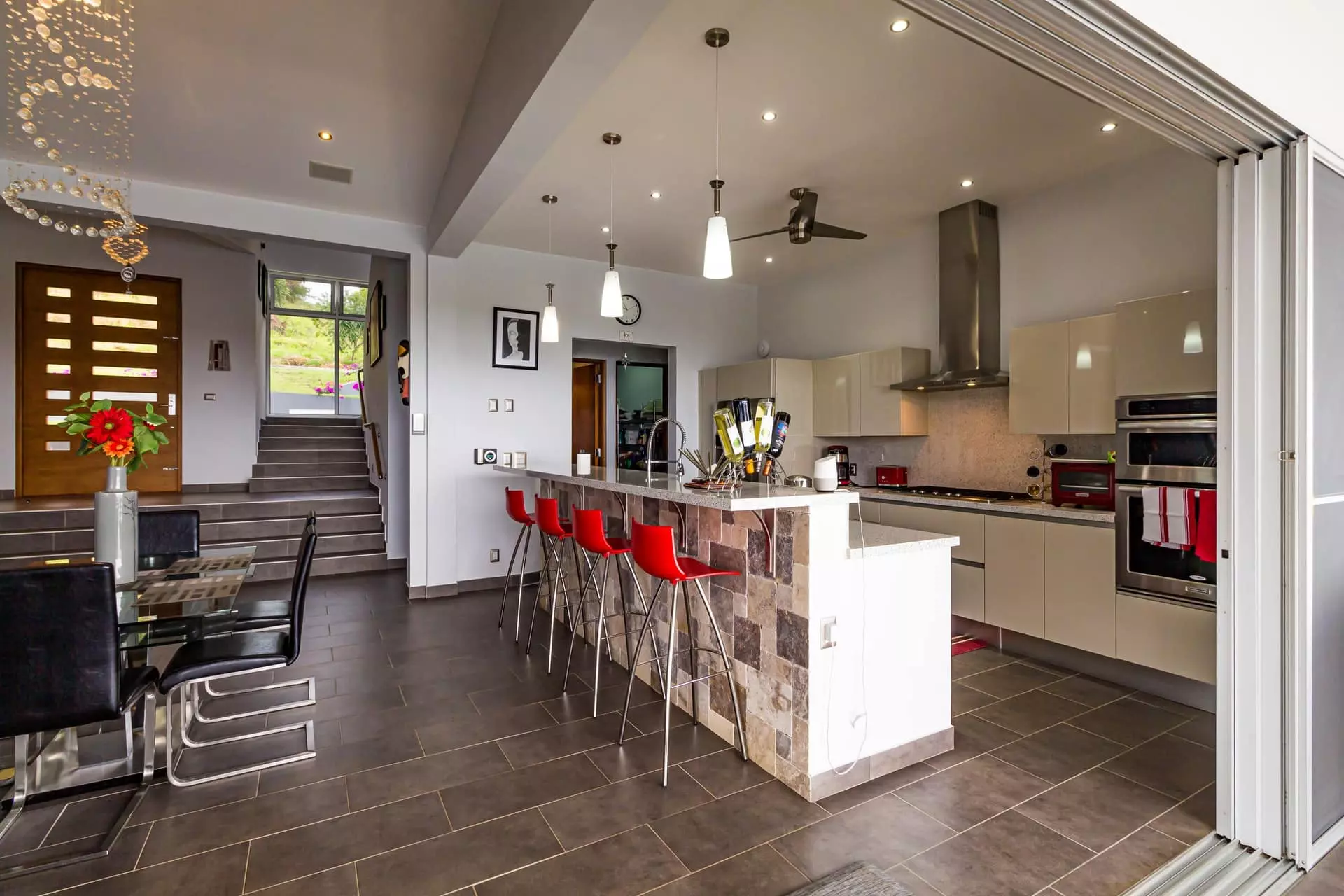Real estate photography is a lucrative and exciting field that can elevate your photography career. With the current housing market booming, real estate agents are in constant need of high-quality images to market their properties. By mastering real estate photography, you can take your portfolio to new heights and exceed industry standards.
The Best Gear for Real Estate Photography
To capture impressive shots that will impress clients, it's crucial to invest in the right gear. Here are some gear tips for real estate photography:
Go for a DSLR Camera with a Wide Angle Lens
A full-sensor DSLR camera allows for manual shooting, quick response, and easy review of your shots. It also provides more editing options post-shoot. Additionally, a wide-angle lens is essential for real estate photography. It enables capturing great images in tight spaces and makes rooms appear more spacious.
Use a Tripod
A tripod is a must-have tool for real estate photography. It ensures consistent height throughout the shoot and eliminates blurriness caused by shaky hands or camera movement. Moreover, a tripod is essential for long exposure images of the property's exterior.
Invest in a Flash
Be prepared for low-light settings by investing in a flash, such as a monolight or a flashgun. It helps compensate for low light and ensures bright, clean photos. Look for a flash with a built-in receiver or get a flash trigger for easy triggering without touching the flash.
Buy a Remote Trigger for Your Camera
To avoid unintentional camera shake and blurriness, invest in a remote trigger for your camera. This is especially important when shooting with a low shutter speed to capture room details and light.
Get a Drone for Aerial Images
For stunning exterior shots from above, consider investing in a drone. Aerial images provide potential buyers with a full sense of the property and its surroundings. Although drones can be expensive, they are worth the investment for expanding your real estate photography skills.
 House under blue skies
House under blue skies
Shooting Real Estate Photography
Once you have the right gear, it's time to practice your shooting skills. Follow these tips to capture stunning real estate images:
Schedule the Shoot for Late Day
Timing and weather play crucial roles in real estate photography. Avoid shooting too early in the day or after sunset, as it can result in poor lighting. Schedule the shoot for a period when the sun is behind the house, providing sufficient natural light. This also allows for capturing the exterior during the golden hour, right before sunset.
 Shot of the staircase in a home
Shot of the staircase in a home
Do a Walk-Through Before Shooting
Take time to walk through the property and get familiar with each room. Observe how the property is staged and note any challenging areas to shoot. Strategize how to capture these areas in the best light possible.
Create a Shot List
Stay organized by creating a shot list for each property. Include essential shots such as wide-angle views of bedrooms, the kitchen, and the living room. Take photos of the bathrooms, features like the laundry room and garage, backyard shots, and the front of the home for curb appeal. If you have a drone, include aerial shots in your shot list.
 Kitchen interior
Kitchen interior
Make the Rooms Bright and Well-Lit
Ensure each room is well-lit by opening windows, adjusting lights, and utilizing natural light as much as possible. Consistent lighting throughout the property is essential to create warm, inviting images that attract buyers.
Showcase the Best Features
Identify the selling point of each room or area and focus on capturing that detail. Highlight unique architectural elements, spacious areas, or built-in features. Showcase each room's best feature to make the property visually impressive.
Shoot From a Variety of Angles
Avoid sticking to a single angle or composition. Explore different angles and perspectives to provide a variety of shots for your clients. Experiment with shooting from doorways, center of the room, or at a slight angle. Ensure your camera is straight and stable to avoid distortion in your images.
Be Adaptable and Flexible
Flexibility is key in real estate photography. Adapt to changing circumstances such as weather conditions or challenging room layouts. Clients appreciate photographers who can adjust and still deliver exceptional shots.
Always Edit Your Photos
Editing is a crucial step in real estate photography. Correct any lens distortion or varying light temperature issues during the editing process. Shoot in RAW and use editing software like Adobe Photoshop or Lightroom to enhance your images. Ensure consistency in lighting and consider using presets to improve contrast, vibrance, and sharpness.
Pricing Your Real Estate Photography
Determining the right pricing for your real estate photography services can be challenging. Consider these tips to set fair and accurate rates:
Factor in Your Services, Gear, and Time
Calculate rates that cover your photography services, gear expenses, and the time spent on the project. Whether you opt for a flat rate or an hourly rate, ensure it encompasses all aspects of your work. Base your rates on a living wage in your area, and add a flat fee to account for gear and other expenses.
Set Rates Based on Property Type
Different property types may require varying amounts of time and gear. Establish different rates based on property size and complexity.
Base Rates on the Time of Day
Consider differential rates based on the time of the shoot. Shooting during sunset or golden hour may require extra gear and editing time, so adjust your rates accordingly.
Charge More for High-End Listings
For high-end properties, charge higher rates to reflect the added effort and attention required to capture the essence of luxury estates.
Increase Rates for Drone Photography and Video
Drone photography and video services command higher rates due to the specialized equipment and additional skills involved. Offer different packages for aerial shots and video tours, with appropriate pricing.
Sign a Contract Before Shooting
Protect yourself and your client by always having a signed contract in place. Outline the scope of work, rates, and deliverables to avoid any issues upon project completion.
Start Building Your Real Estate Photography Portfolio
To attract potential clients, create an online portfolio showcasing your stunning real estate photography. Direct clients to your portfolio to demonstrate your skills and expertise. Remember, a strong portfolio is key to securing more real estate photography projects.
Ready to take your real estate photography career to new heights? Follow these tips, invest in the right gear, and build an impressive portfolio to showcase your skills and attract clients.









